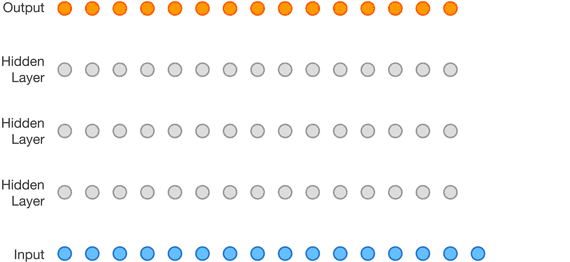How to learn 'end of sequence' for continuous sequence?
Cross Validated Asked by Ken Geonmin Kim on November 26, 2021
Consider Autoregressive model (i.e. RNN Language model) which try to output next token given all previous tokens. When generating sequence with this model, model need to learn when should be end of sequence.
In case of discrete sequence, model is usually trained to maximize softmax output distribution with (= End of sequence) token when sequence reaches at the end.
For continuous sequence case (such as speech), which technique can we use to teach model learning where end of sequence is?
One Answer
For continuous sequence case (such as speech), which technique can we use to teach model learning where end of sequence is?
We can see from the definition of autoregressive model:
$$X_t=c+sum_{i=1}^p varphi X_{t-i} + epsilon_t$$
that $X_n$ depends linearly on its own previous values if n is the last step and the next step is to generate an end of sequence token.
For instance, in WaveNet the tokens are quantization channels and at the end of the output layer, there is also a softmax over the channels. If it should terminate the channel that represents silence would gain the biggest probability.
Reference
Answered by Lerner Zhang on November 26, 2021
Add your own answers!
Ask a Question
Get help from others!
Recent Questions
- How can I transform graph image into a tikzpicture LaTeX code?
- How Do I Get The Ifruit App Off Of Gta 5 / Grand Theft Auto 5
- Iv’e designed a space elevator using a series of lasers. do you know anybody i could submit the designs too that could manufacture the concept and put it to use
- Need help finding a book. Female OP protagonist, magic
- Why is the WWF pending games (“Your turn”) area replaced w/ a column of “Bonus & Reward”gift boxes?
Recent Answers
- Lex on Does Google Analytics track 404 page responses as valid page views?
- haakon.io on Why fry rice before boiling?
- Jon Church on Why fry rice before boiling?
- Joshua Engel on Why fry rice before boiling?
- Peter Machado on Why fry rice before boiling?
